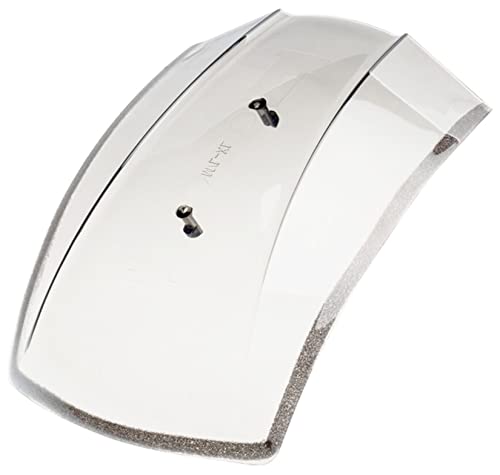id guess gas like v said more than oil ....but thats really just a guess ....my opinion is 3000miles did this ...the before pic looks like great burn .....i will say brian after dealing with hooch ..it apparent that the plugs will be the first thing that gets right ...but that dosnt mean its right totally inside cylinder just plug ...
to me theres no doubt it running richer than with stock carb set up ...the SCC and a epa dft carb is no walk in the park ....seems your motor inside is sort of proof of that ....and it runs well from what you have posted about it ....
im not sure why a car motor needs such a huge idle circuit ...i can guess its load as a car is 4x the weight of a oldwing ...and motors are not as aggressive in cams and all ...dont run air conditioner ..power steering .....alternator that charges hard at idle and so on .....but this is just guessing ... seems on hooch everything had to go backwards from car set up...idle circuit had to be modded out and the jetting after that primary up some and them secondary up again bigtime to get full rpm range
but we both know my air is different than 22-22 you have ...i hate to admit it but this looks to be and SCC caused event
to me theres no doubt it running richer than with stock carb set up ...the SCC and a epa dft carb is no walk in the park ....seems your motor inside is sort of proof of that ....and it runs well from what you have posted about it ....
im not sure why a car motor needs such a huge idle circuit ...i can guess its load as a car is 4x the weight of a oldwing ...and motors are not as aggressive in cams and all ...dont run air conditioner ..power steering .....alternator that charges hard at idle and so on .....but this is just guessing ... seems on hooch everything had to go backwards from car set up...idle circuit had to be modded out and the jetting after that primary up some and them secondary up again bigtime to get full rpm range
but we both know my air is different than 22-22 you have ...i hate to admit it but this looks to be and SCC caused event























































